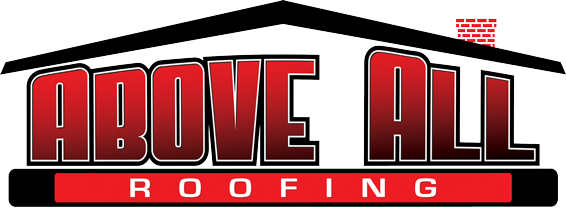Services We Provide:
Tile Repaper
Residential Re-Roofs
Shingles
Shake
Slate
Tile of All Types
Concrete Tile
Simulated Shake
Lifetime Products
Modified Roofing
Reflective Coatings
Wood Shingles
Title 24 Energy Saving Roof Systems
Single Ply Flat
Commercial Roof Maintenance
Wood Replacement
Insurance Claims Welcome
Pitched
Composition
Industrial
Roof Leak Repairs
Torch Down
Roof Maintenance
Flat Roofs
Residential
Concrete & Clay Tile Roofing
Roof Tiles - Traditionally made from locally available materials such as terracotta or slate, they are a durable way to keep the elements out of your home.
Roof tiles are 'hung' from the framework of a roof by fixing them with nails. The tiles are usually hung in parallel rows, with each row overlapping the row below it to exclude rainwater and to cover the nails that hold the row below. Tiling has been used to provide a protective weather envelope to the sides of timber frame buildings. These are hung on laths nailed to wall timbers, with tiles specially molded to cover corners and jambs. Often these tiles are shaped at the exposed end to give a decorative effect.
Residential
Shingle Roof
Roof Shingles - Are a roof covering consisting of individual overlapping elements. These elements are typically flat, rectangular shapes laid in courses from the bottom edge of the roof up, with each successive course overlapping the joints below. Shingles are held by the roof rafters and are made of various materials.
Roof shingles are almost always highly visible and so are an important aspect of a building's aesthetics in patterns, textures and colors. The type of shingle is taken into account before construction because the material affects the roof pitch. Some shingles can be installed on lath where others need solid sheathing (sheeting) on the roof deck. All shingle roofs are installed from the bottom upward beginning with a starter course and the edge seams offset to avoid leaks.
Commercial Roofing
Industrial Fluid Applied Roof
&
Reflective Coatings
Industrial Fluid Applied Roofing - Are mainly applied to low slope roofs on industrial buildings. By utilizing this method it extends the lifespan of your commercial roof by preventing water and physical damage. Adding a solar reflective coating to your roof provides the most effective option when it comes to energy savings, as it also offers excellent UV protection. Reflective roofs are proven to deliver a cooler and more comfortable environment inside the building with less air conditioning usage, ultimately lowering your energy costs.
